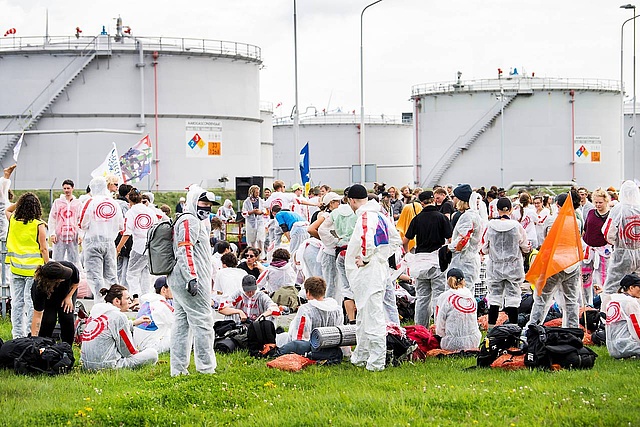Studio Master - Post-Extraction Territories

Aglaée Degros
Mario Stefan
The Groningen region in the north of the Netherlands is a prime example of post-extraction landscapes. Since the 1960s, natural gas has been extracted here on a massive scale – generating around 400 billion euros in revenue for the Dutch state. Yet this wealth came at a high price: gas extraction destabilized the soil, softened the ground, and triggered a large number of earthquakes. These processes not only left behind structural damage but also created social ruptures, raising questions of trust, safety, and justice.
One year ago, gas production was officially stopped. However, seismic activity will not end immediately. Experts predict that earthquakes will continue for decades – a lasting legacy of the fossil past that will continue to shape the region.
This course focuses first on developing methods that could be applied in other extracted regions and further creating spatial and social visions for a region in transition. How can architecture and urbanism serve as a medium of resilience – not only in technical terms but also in relation to space and social cohesion? What kinds of transformational spaces can emerge, where ecological regeneration, community negotiation, and cultural renewal intersect?
Students will develop designs that go beyond mere mitigation: concepts that strengthen ecological systems and experiment with new and just forms of territorial organization to create a new future for the Groningen region.
Vorstellung: 25.09.2025, 09:00, HS A, Kopernikusgasse 24/1.OG
Excursion Groningen and Amsterdam: 28.-31.10.25
in collaboration with:
Academy of Architecture, Amsterdam (AHK)